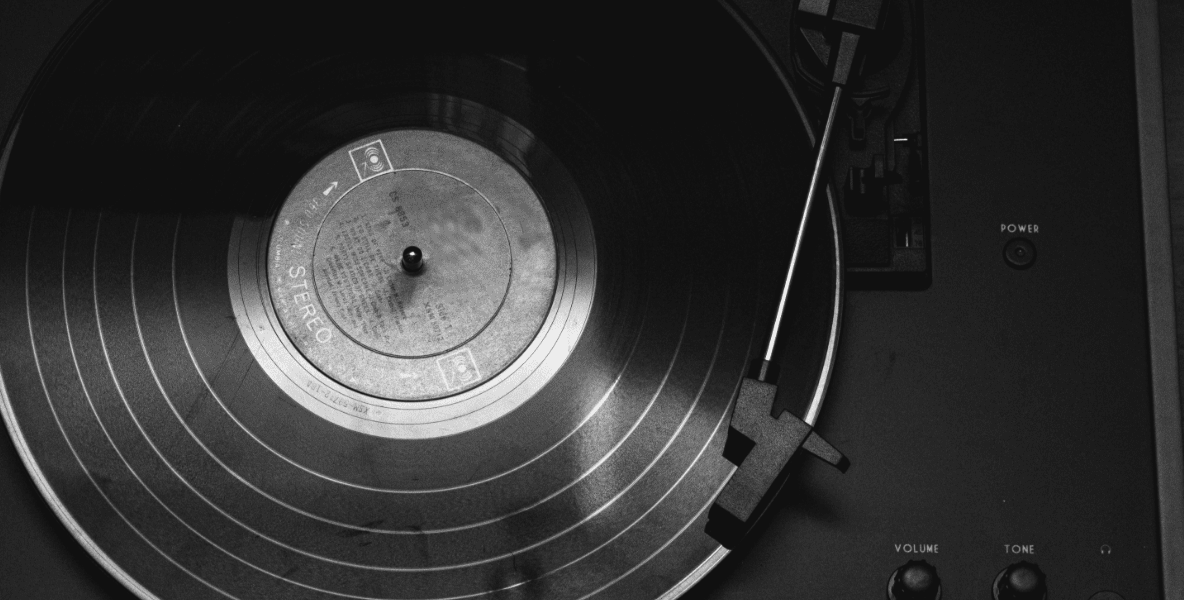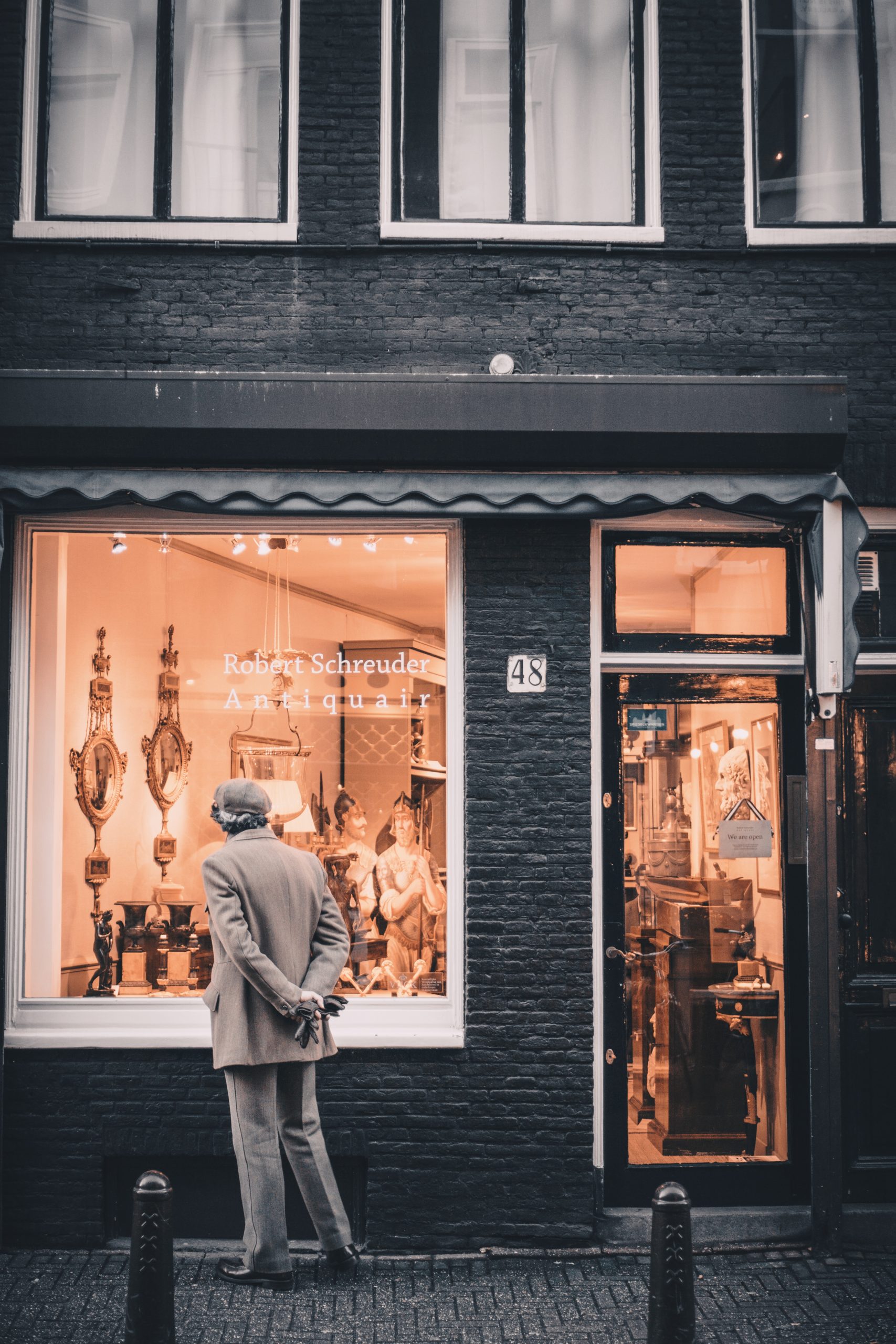The all immersive experience of listening to LP records. It hooks you like a drug and can easily seduce you into forgetting that anything else exists.
LP records, vinyls, wax, 33’s, gramophone record, phonograph record, licorice pizza and many other sobriquets have been ascribed to this medium of music recording and reproduction over decades. Generations have grown up listening to them and records have been passed down from parents to children and built bridges between communities and cultures. Rewind to the early and mid 1980’s; Sony and Philps collaborated to pioneer the CD and the LP began its journey to oblivion, or so we thought.
Ever since music was digitised, opinions on what sounds “better” have been polarised. The new converts to digital swore off analogue quicker than two shakes of a robin’s tail and records were sold by the kilo, quite literally, to the scrap collector. No longer was the customer willing to put up with “crackles and pops”, laboriously cleaning, caring and storing vinyls. All this in addition to lugging them arounds wherever you went, even if they were the humble 7” 45 RPM singles. Ironically all this happened at a time when technology was making rapid strides towards refining the player itself and cartridges and styli were improving continuously.
Beginning in the 70’s when the world first heard the Linn LP12 (1973), Technics SL1200 (1976), Rega Planar 3 (1978) and transitioning to the 80’s and 90’s with the Dual CS505 (1985), Gyrodec (1982), Thorens TD160 (1988), Pro-Ject Debut (1999), have captured the fancy of audiophiles the world over alongside the heavy hitters of the like of the Garrard 301 and 401 (1956 and 1965 respectively), Thorens TD-124,Lenco 88 (1962), Lenco GL68 (1965), Lenco GL75 (1969) and a host of other turntables. A slew of tone arms most notably from SME (3009 and 3012) still hold sway and command astronomical prices. When it comes to cartridges and styli, the consumer is spoilt for choice.
The intention here is not to even claim that analogue is better than digital. The point that most people miss is that they both are completely different animals. While analogue starts and ends with trying to faithfully transcribe a recording made by the artist as he or she intended it to sound, digital adds to an already complicated production and recording process by sampling, processing and compressing analogue signals for them to be manipulated by a sound engineer. A digital recording can be drastically altered and completely unrecognisable from its original form. The argument that analogue enthusiasts make is that “ultimately we live in an analogue world, so we’re happy tweaking our equipment and rooms to enjoy our music”.
It is safe to say that it is the involvement that results in the experience. The converts to digital either didn’t have the time, resources and/or the knowledge for them to get involved and enhance their listening experience. Sure they have DACs (Digital to Analogue Converters) on which they can speak for hours, but those are again a “pre-set”, if you will, process and listeners will consume what is dished out. The most involvement that they will have is the equalisation process, which a LP listener is averse to. As a matter of fact, fanatical LP listeners don’t just shun equalisation, but they can leave the bass, mid and treble controls “flat” in addition to preferring mono recordings only! There is a great divide within the LP listening community on whether mono or stereo is the true religion. Setting that debate aside, LP listeners will freely borrow the maxim of GIGO (garbage in, garbage out) from computer science to validate the fact that what you end up listening to is a result of your equipment.
Here begins one’s journey into High Fidelity or Hi-Fi. The one significant advantage that analogue offers over digital is that it does not compress any signals and allows for the full range of dynamics to be recorded and played back. So you could say that it has more “room” and the depth of its grooves can define the lushness of a work. The only limitation vinyl therefore has is space. Even the most inexperienced of listeners can easily discern the wholesomeness of a LP record in a like-to-like track or album auditioned on the same gear in a “blind” environment.


A vast majority of consumers begin with auditioning speakers first and then the source driver last. This is exactly the opposite of how one should foray into an aural experience for it to be truly immersive. A great turntable, coupled with a half decent amp and speakers can end up sounding great. Budget for the turntable first and everything else later. Ask your retailer to change cartridges, hook the player up with combinations of amplifiers and speakers during the audition. If possible and if you have, carry your favourite LP record or two or four and have them played as many times as you wish before settling on what pleases your ear. You will be surprised at the obvious changes in the tonality of each variation.
Being involved in the whole process, getting to know the equipment and immersing yourself to appreciate the creativity of the artist is an integral part of enjoying LP records. Once you have invested in your gear, the next logical step is to indulge in the records themselves. True analogue pressings (read pre-digital) are in high demand and releases from such times can enthral aficionados. Caring for your equipment and records is fairly uncomplicated and ensures years of enjoyment. Cleaning the stylus before playing each side, brushing the vinyl surface with an anti-static brush, annual washing with records washers can remove grime and micro dust particles that are the villains responsible for the “pops and crackles” are part and parcel of being involved with your music.
As the world returns to enjoying music on vinyl, recording engineers and studios are reverting to recording and mastering on analogue equipment before releasing tracks digitally. The halcyon days of LP records may just be around the corner.





🔐 Use code FIRST25 and get a whopping 25% OFF* on your first order. But hurry, it’s only for a limited time and only on selected products.
🚀 So, hush-hush and start shopping now to snag the best deals before they vanish!